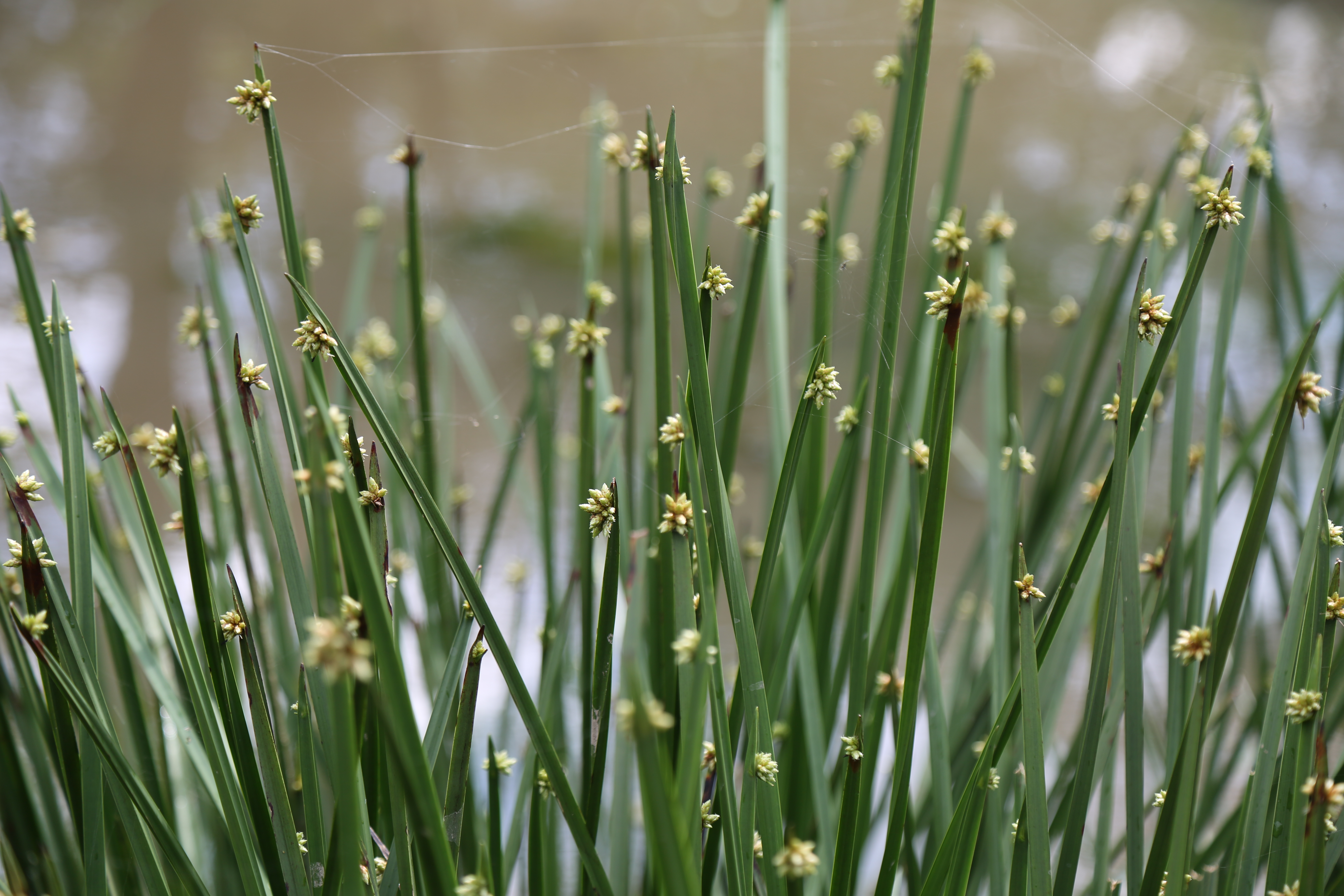Sweetgrass vanilla grass
(Anthoxanthum nitens)

Description
Hierochloe odorata or Anthoxanthum nitens (commonly known as sweet grass, manna grass, Mary’s grass or vanilla grass, and as holy grass in the UK, bison grass e.g. by Polish vodka producers) is an aromatic herb native to northern Eurasia and North America. It is considered sacred by many Indigenous peoples in Canada and the United States. It is used as a smudge, in herbal medicine and in the production of distilled beverages. It owes its distinctive sweet scent to the presence of coumarin. This variety of grass is different from the species commonly known as Buffalo grass (Stenotaphrum secundatum) in Australia Hierochloe odorata is a very hardy perennial, able to grow to the Arctic Circle. Its leaves do not have rigid stems, so only grow to about 20 cm (7.9 in) in height, and then the leaves grow outward horizontally to 100 cm (39 in) long or more, by late summer. The base of the leaf, just below the soil surface, is broad and white, without hairs; the underside of the leaf is shiny and glabrous. In the wild, the bases of the leaves are frequently purple-red colored, and this indicates a phosphorus-deficient soil. There are several strains of sweetgrass — a regular strain that can be harvested once or twice a year, and a naturally occurring polyploid strain, which is much faster growing and can be harvested three to five times a year. In North America Hierochloe odorata occurs in southern Canada, northern Great Plains/Rocky Mountains and northwest of U.S., and New England. In continental Europe it occurs north from Switzerland. There is only one site in Ireland, and it is recorded in four counties of Scotland and one in north-eastern England.
Taxonomic tree:







